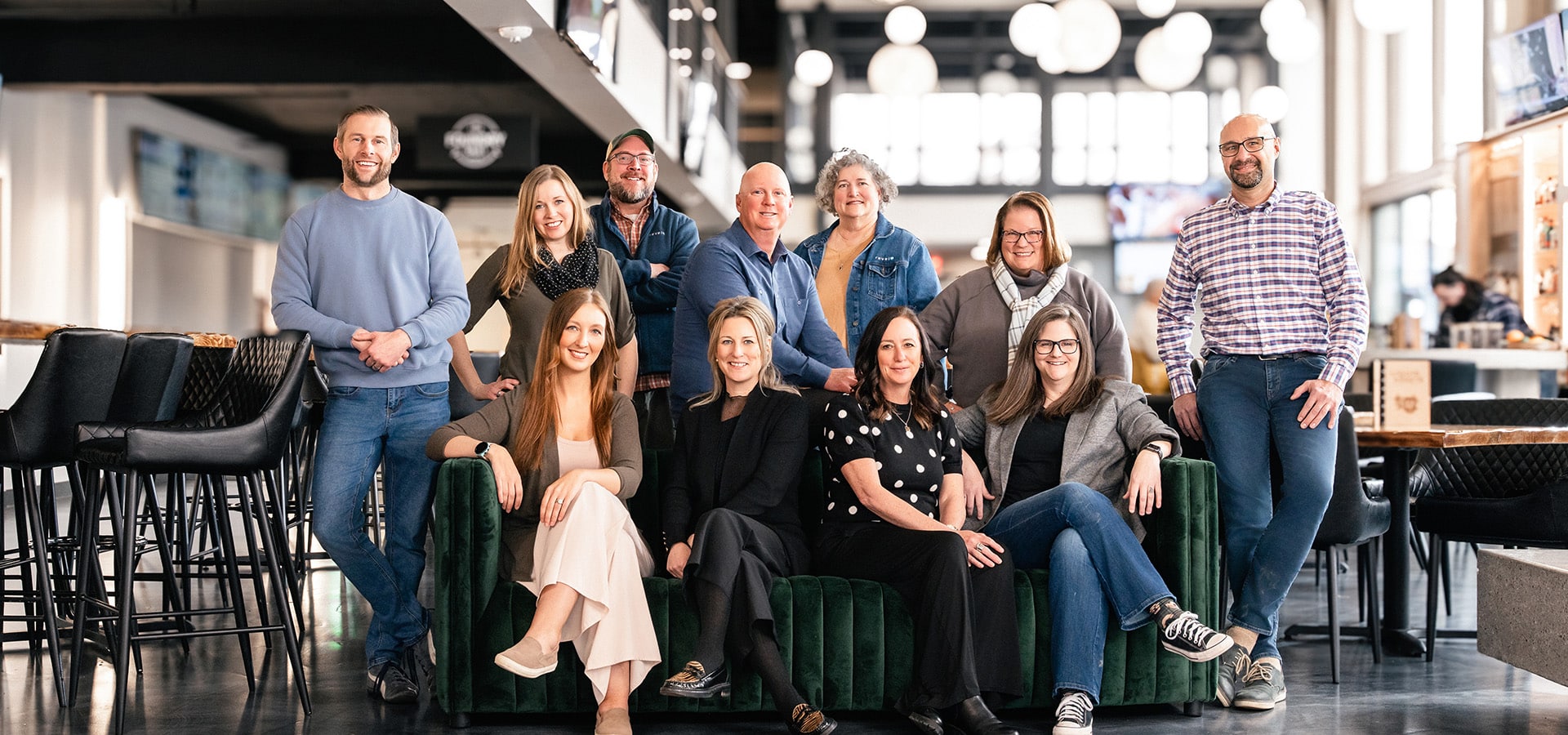Property development marketing is an art form all it’s own. There are a lot of stages to get from the initial idea to a fully functioning property. Each stage requires different marketing materials targeted at different audiences. In order to be successful, you need a roadmap.
Here’s a great place to start.
Do your research.
I know this seems obvious, but it’s vitally important to the success of your new development. You’re creating something big. You’re impacting a community. Make sure you know what you’re doing. The key is to define the type of people who will be your future tenants.
Before starting anything, look at the area where your property is being built. Is it upscale, up and coming, right downtown, or on the outskirts? This will give you a baseline for the people you will attract. From there, determine your position in that market: are you top-end, mid-range, or low-priced?
There’s nothing wrong with any option, but don’t try to cater to everyone. While it seems like a great idea, your message becomes confusing and is lost by everyone. It’s better to resonate with a smaller audience really well than try to please everyone.
I know what you’re thinking. Of course all this research would be great, but how do we get it? I’m glad you asked. The three research methods used to gather information on your audience are secondary, qualitative, and quantitative. Secondary is your basic Googling – or relying on work others have already done. Qualitative research is talking to people to see how they think and feel about a certain subject. An example of this would be conducting a focus group. Quantitative data is all about the stats. Typically, this type of research is done in survey format so answers can be compared directly and inferences can be made based off of percentages. All of these together provide you the best possible window into what your potential tenant is thinking.
Set your key dates.
There are a lot of milestones when you’re building a new development: the initial inception, gathering investments, groundbreaking, going vertical, lease up, occupancy, and more. Each of these stages requires a certain set of marketing material to be completed in order to be as successful as possible.
Build out your marketing calendar to line up with the total project calendar. Establish which things need to be done by when. That way you know what you’ll be accountable for along the way.
If you want to earn extra credit, estimate how long each marketing project will take and then build your calendar backwards to make sure everything is started on time.
Develop your brand.
Before your property is vertical, you’re selling investors and future residents on nothing more than an idea. That means having a great brand is key. When your brand is locked in, you give off a professional feel that creates a sense of ease and trust with your audience. The earlier you get your brand up and running, the better.
Your brand also establishes the character of your community. The look and way you speak in your materials can be geared toward the specific demographics you’re trying to reach. For example, if you’re opening up a retirement community along the beach, your look will be different than an urban building near a university.
Take the time to have your logo, stationery, brochures, and other materials professionally designed and written with a consistent look and voice.
Create excitement.
You want people to be excited about your property before it even goes vertical. Create a buzz by putting yourself out there in the community. Give away free t-shirts at a community event, have an open house to tour a model unit, and sell your investors on the great returns they’ll see from your new developement.
If you’re near a university or other local attraction, try to get involved in sponsorship opportunities and other such partnerships to establish yourself as a player.
Don’t forget to have the supporting materials to go with it. People are going to see you and want to learn more. Have simple brochures on hand that will give people a quick idea of what your community will be like and have enough people on hand who are knowledgeable about the project to talk to any potential tenants on site.
Lease it up.
It’s all about lease up. This is where the rubber meets the road. It’s not a trial run, not a concept drawing. This is real. Getting the word out about lease up can be challenging. That’s where having a strong plan will come into play. Based on your research, find out what media your audience is most likely to notice and place your ads there.
Get signs that are visible from the road that have some sort of “now leasing” message on them. Lastly, make sure your website is updated with the latest floorplans and available units. If possible, put a some sort of visible call to action on the homepage of your site that encourages users to fill out a leasing application.
If you really want to get serious, look into doing Search Engine Marketing. This will help capture people searching for space in your area. They’re highly trackable too.
Keep it occupied.
The fun doesn’t stop once your property is built and leased up. To maintain a solid operation, you’ll need to send out regular communication to both your tenants and your greater community. It’s important to maintain the brand look you established and keep consistent with your values. It’s all tied into your reputation as a company and will affect the decisions of new tenants and investors on future projects.
The best marketing you can do for your property during the occupancy phase is to keep your tenants happy. Happy residents stay longer and tell their friends about you. And as much as it kills me to admit it, no marketing is better than word-of-mouth.
Host social events, fitness classes, movie nights, and anything else you can think of to keep your tenants engaged and feeling like they are part of a community.
To sum it all up, the main things you need to make your property development marketing a success are a great brand, the correct marketing materials, and a focus on your residents’ living experience. Once you have that, all you have to do is build the place.











